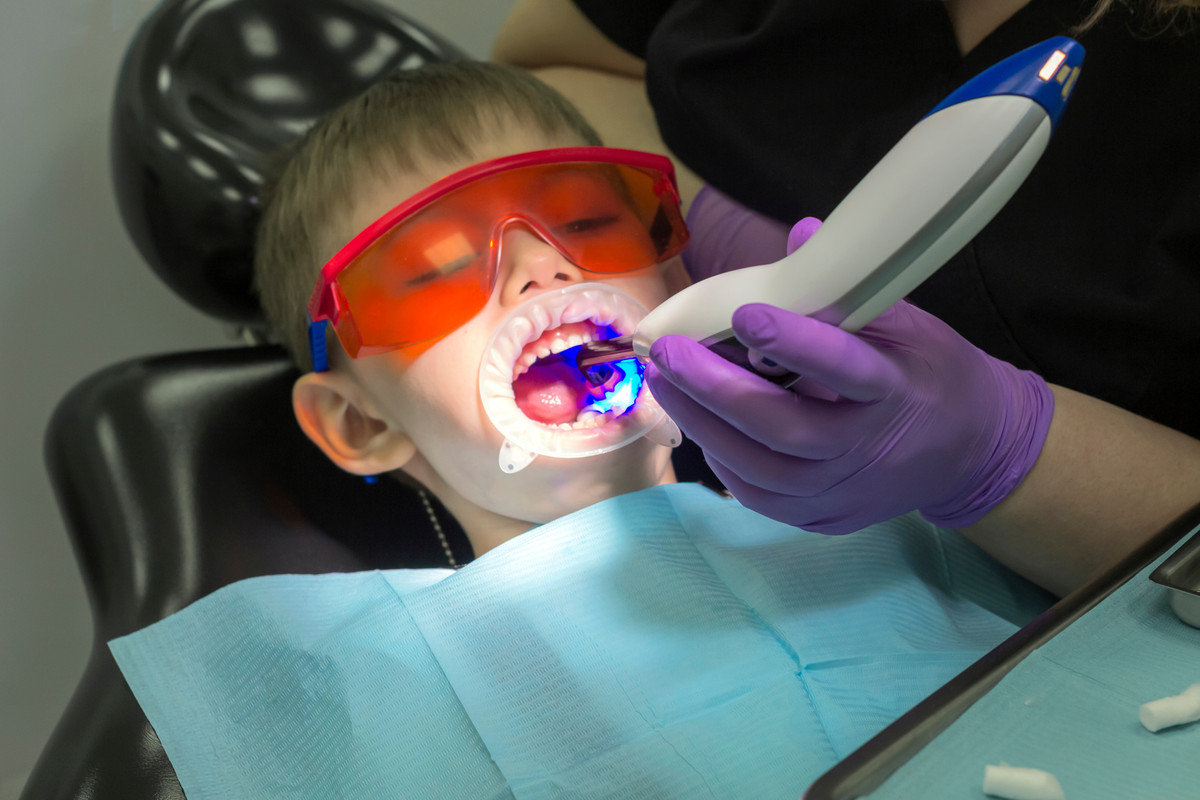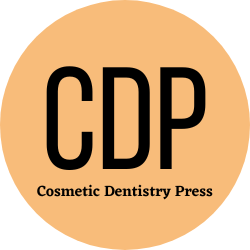Painless Dentistry
by siteadmin

Painless Dentistry is an option for people who are worried about the pain of a dental procedure. While the process may be uncomfortable, technology and advances in anesthesia can make it more comfortable. Some dentists offer distractions such as TVs and noise-canceling headphones. Hypnosis is another option. Sometimes, patients can even sleep through a dental procedure with hypnosis. These methods are becoming more common in modern dentistry.
Sedation dentistry
Sedation dentistry is an alternative to general anesthesia that allows you to undergo a dental procedure without feeling pain. This procedure involves the use of an oral sedative to calm you and make you less sensitive to pain. You are still aware of the procedure, but you may not remember it.
Sedation dentistry is a safe and effective way to reduce your dental pain. This method is not recommended for routine dental care but can be used during major procedures, such as bridges or dental implants. Sedation dentistry can also be used to make you feel more comfortable during lengthy procedures.
Hypnosis
Hypnosis is a useful adjunct to traditional pain management techniques, and can help patients to relax and experience a painless dental experience. The use of hypnosis in dentistry was first documented in the early 1800s, and the practice was initially used to reduce fear and pain during tooth extractions. Today, hypnosis is used for various dental treatments, from reducing patients' anxiety to reducing saliva flow during dental procedures.
Using hypnosis to reduce pain in dentistry requires a trance state that can be achieved through positive language, mental distractions, and relaxation techniques. In the case of hypnosis in dentistry, a dentist might ask a patient to visualize a beautiful, peaceful wooded path. Another treatment option involves imagining warm, summer-like air while listening to insects. Once the patient is in a trance-like state, the dentist can begin the treatment. If the patient wants to stop, the dentist can. This process is entirely voluntary.
Intravenous conscious sleep
Although there are no established guidelines for intravenous sedation for dental procedures, there are some general guidelines for patients. The level of sedation required by a patient varies based on the dental procedure, and a dentist needs to be able to adapt the sedation level as needed.
IV sedation is often called twilight sleep but is much more closely related to general anaesthesia. Patients are semi-conscious during the procedure, while a dental anesthesiologist monitors their condition and ensures that the pain level is within safe limits.
Inhaled minimal sedation
Inhaled minimal sedation for pain-free dentistry is a treatment that helps patients feel comfortable and relaxed during a dental procedure. The procedure is carried out with nitrous oxide (sometimes called "laughing gas") that is inhaled through a nasal mask. The gas helps patients relax and hold their breath, allowing them to be relaxed during the procedure.
While general anesthesia renders patients completely unconscious, the use of nitrous oxide, also known as laughing gas, can reduce anxiety. It is administered through a nasal mask and wears off quickly. Children, particularly, can be treated using this technique. Patients under minimal sedation are groggy and have slurred speech. However, they can easily be roused if they become anxious.
IV sedation
IV sedation for painless dentistry is the use of a medication to relax patients during dental procedures. This is also known as twilight dentistry or sleep dentistry. The sedative drug is administered through an IV and starts working quickly. You won't feel any pain during the procedure and you can respond verbally to your dentist's questions.
Sedation allows patients to breathe normally, move around, and even avoid a gag reflex. In addition to its calming effects, IV sedation is effective for treating patients who have dental phobia. Many patients avoid dental care because of their anxiety, which can lead to serious oral health problems. With the right IV sedation, dental phobia can be eliminated.
Laser dentistry
Laser dentistry is a relatively new technology that can provide a painless dentistry experience. It works by changing the composition of the enamel on the teeth. The heat produced by the laser changes the top layer of the enamel into hydroxyapatite, a material that is more resistant to the acids that cause cavities.
This new technique is far less invasive than traditional techniques and is much more accurate. It also does not disrupt healthy tissue, which is crucial for less painful dentistry. In addition, it eliminates the need for stitches and pain medication. Some people may even experience less pain than with traditional techniques, as a result.
CATEGORY: Dentistry
TAGS: dentist, dentures, cosmetic dentistry, dental clinic, dental care
Painless Dentistry is an option for people who are worried about the pain of a dental procedure. While the process may be uncomfortable, technology and advances in anesthesia can make it more comfortable. Some dentists offer distractions such as TVs and noise-canceling headphones. Hypnosis is another option. Sometimes, patients can even sleep through a dental…
Recent Posts
- Cutting-Edge Invisalign Treatment in Las Vegas
- Boca Dental and Braces Unveils Cutting-Edge Dental Implants in Las Vegas
- Smiling Bright: Navigating Pediatric Dentistry and Braces for Healthy Young Grins
- Preventive Dentistry: Safeguarding Your Smile Through Check-Ups and Cleanings
- How Long Does Dentist Numbing Last?
